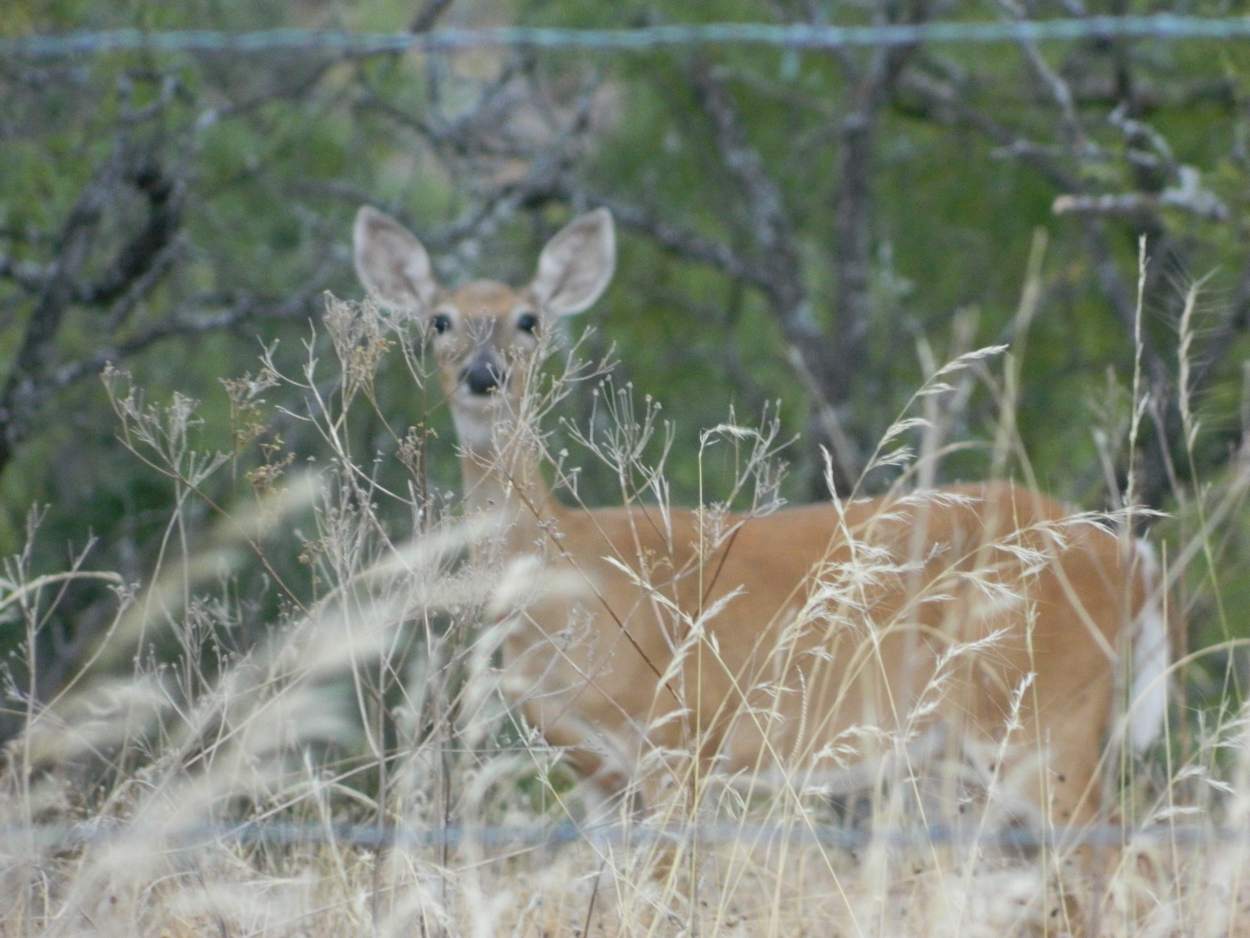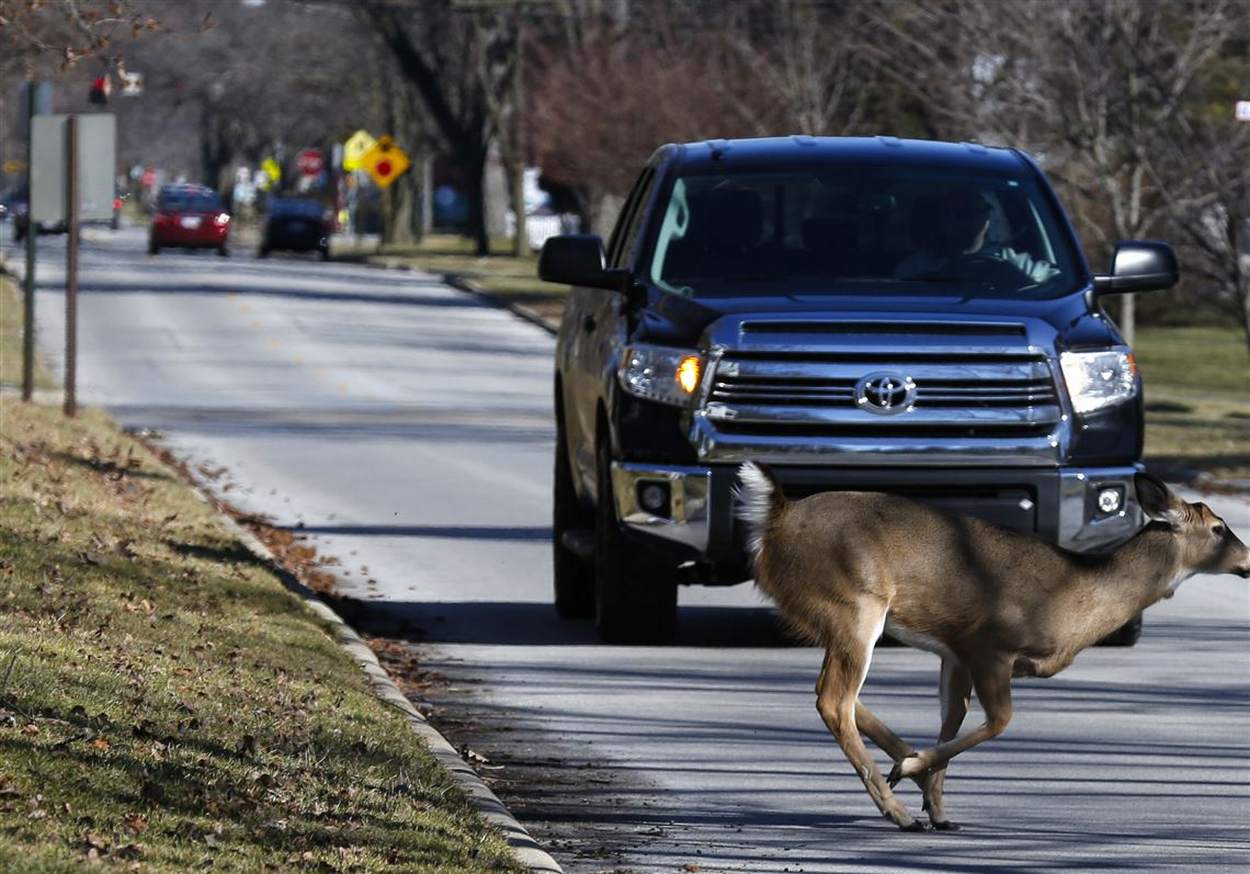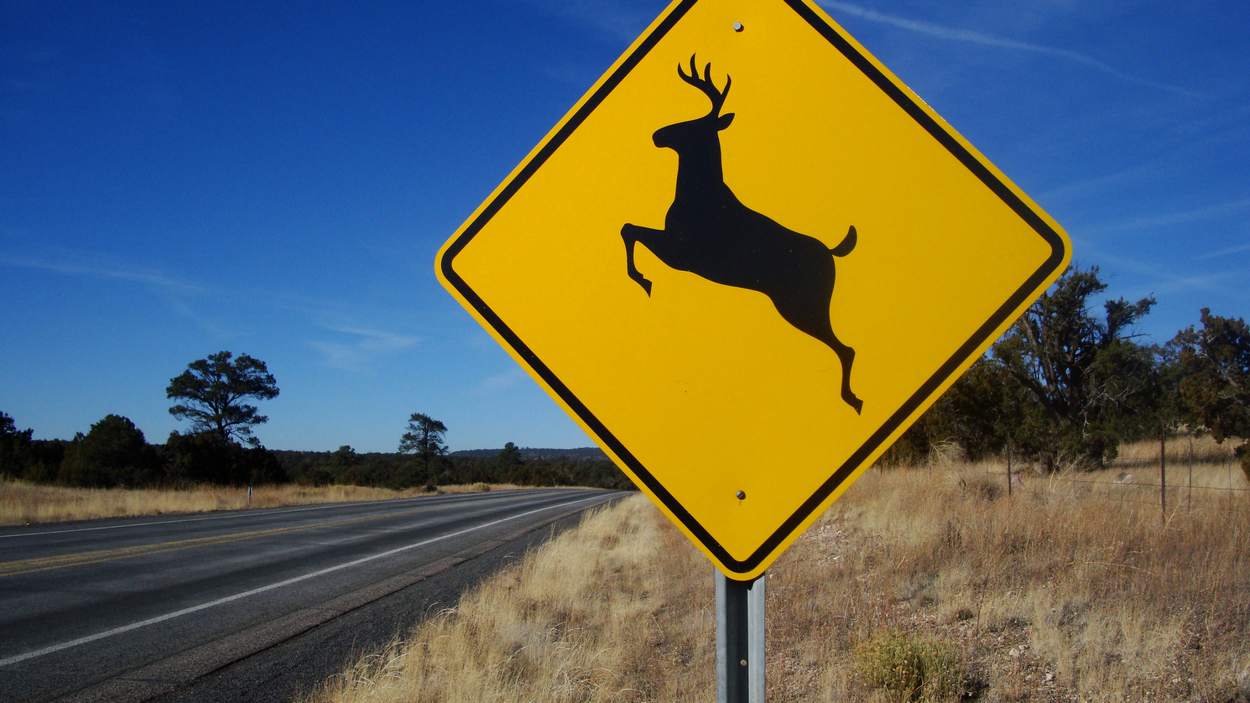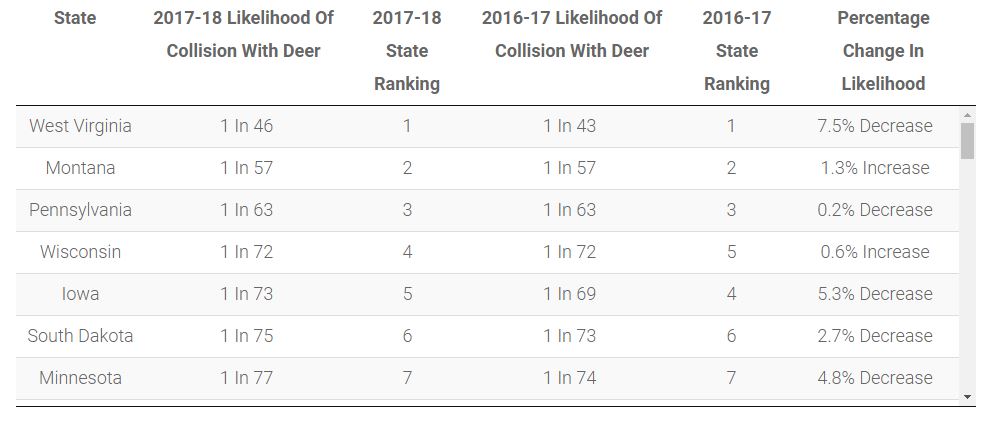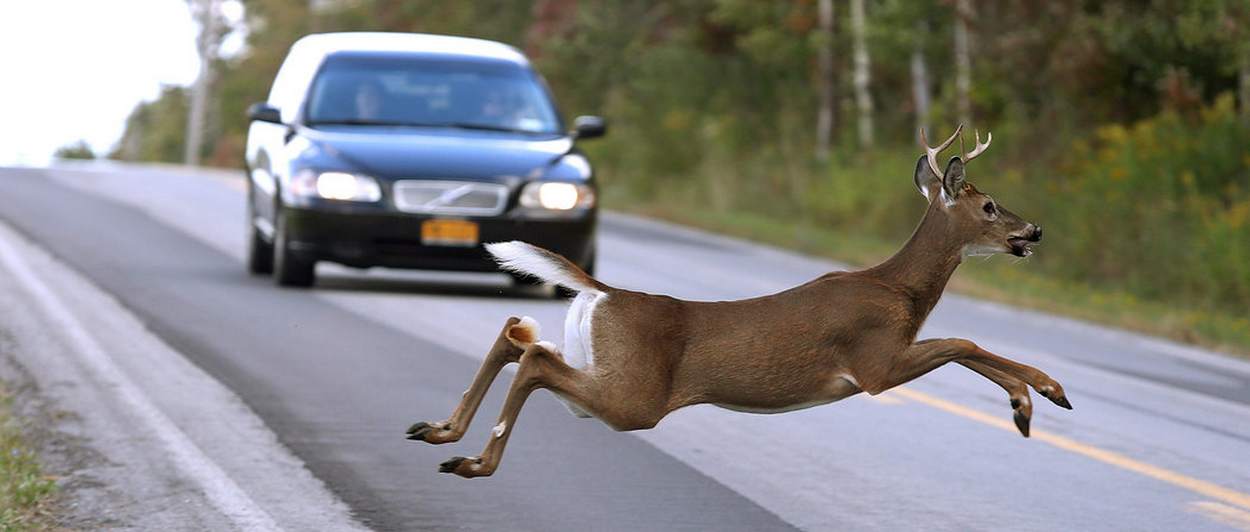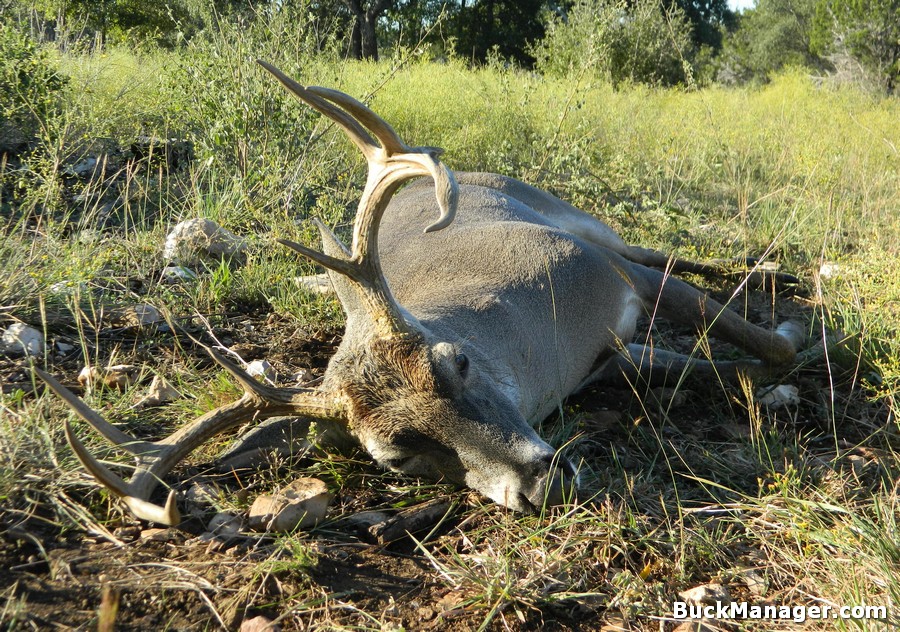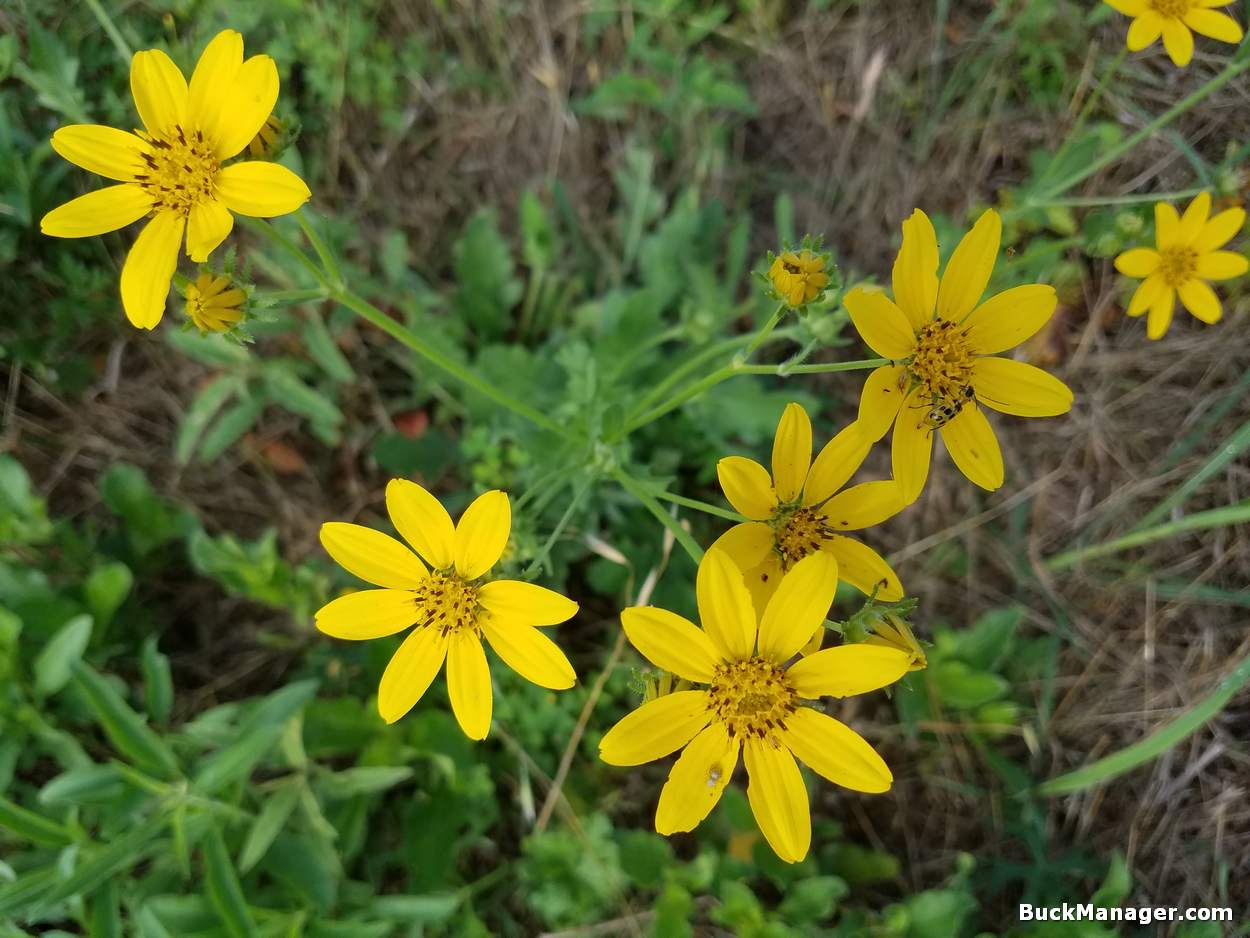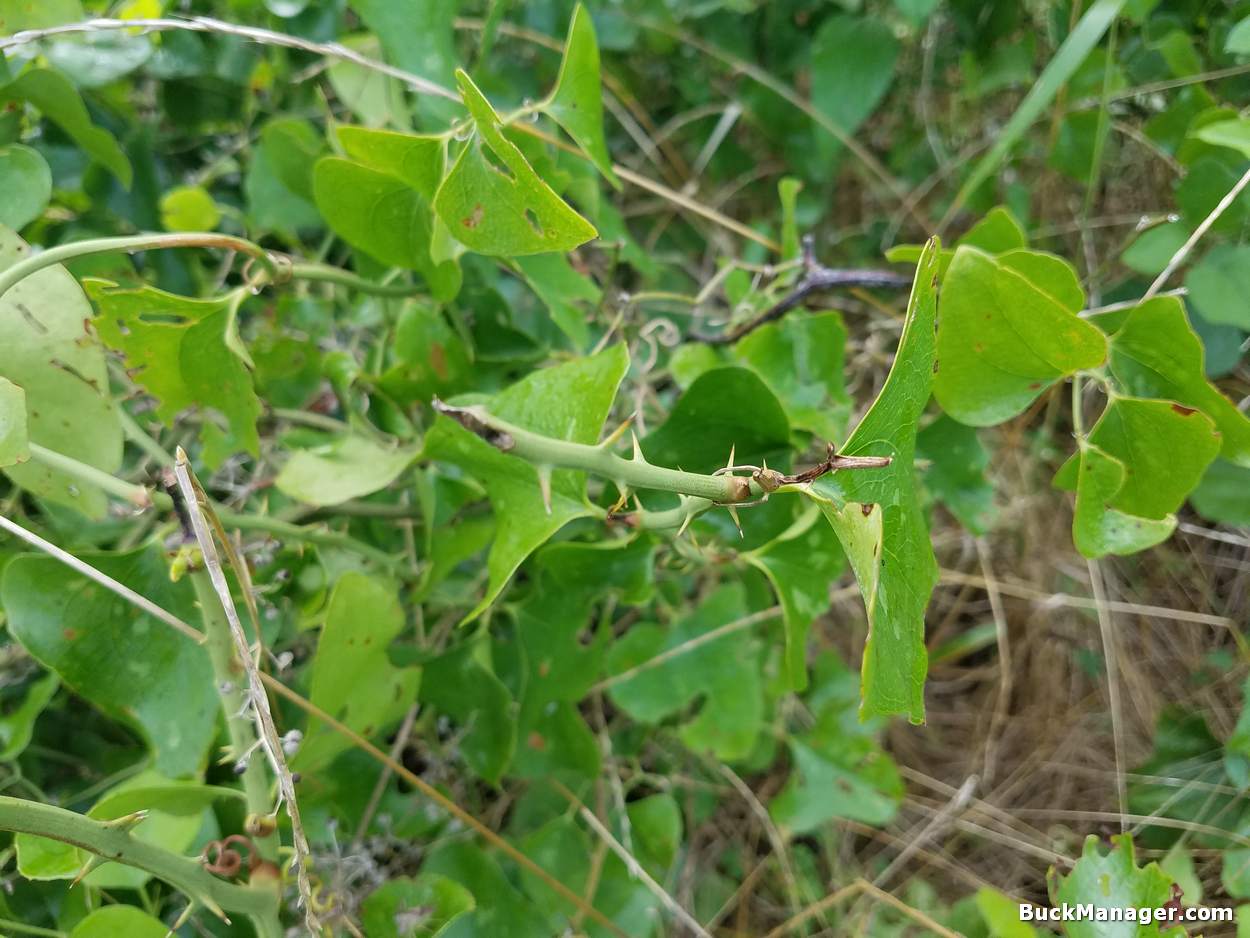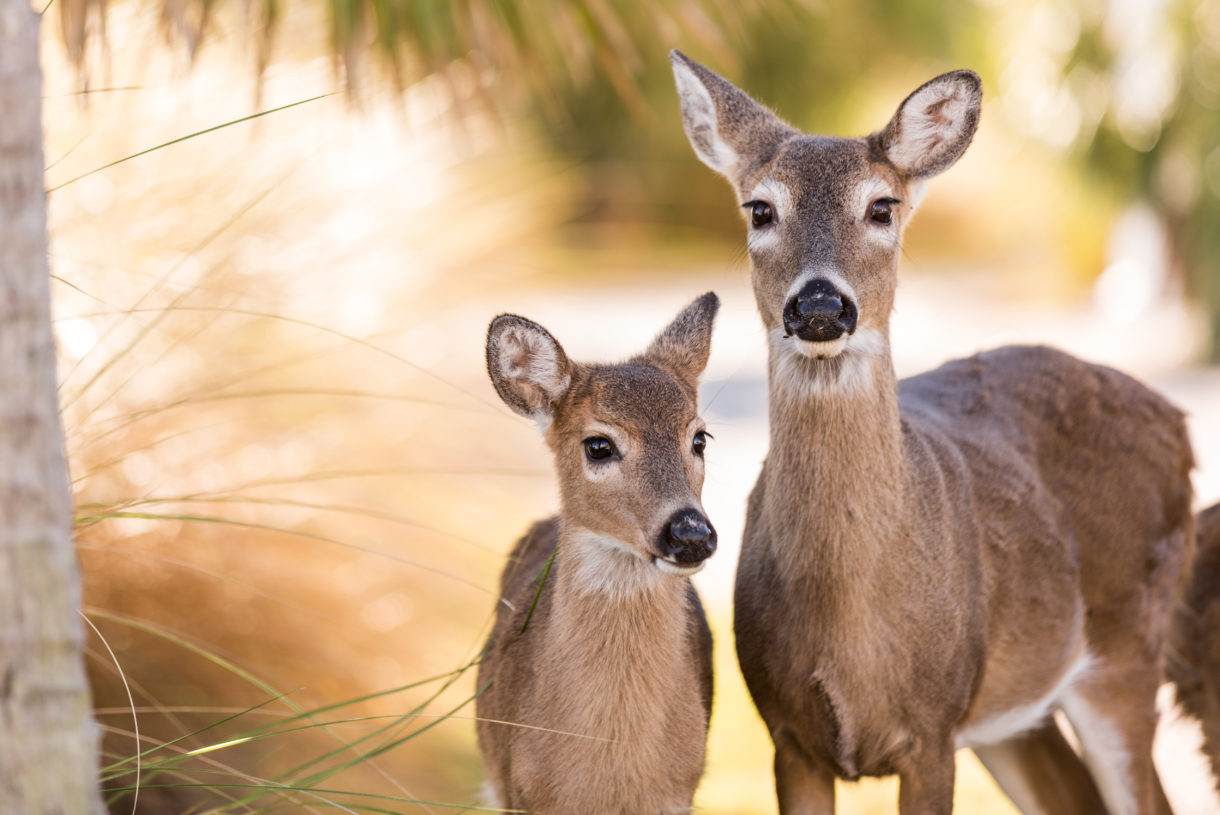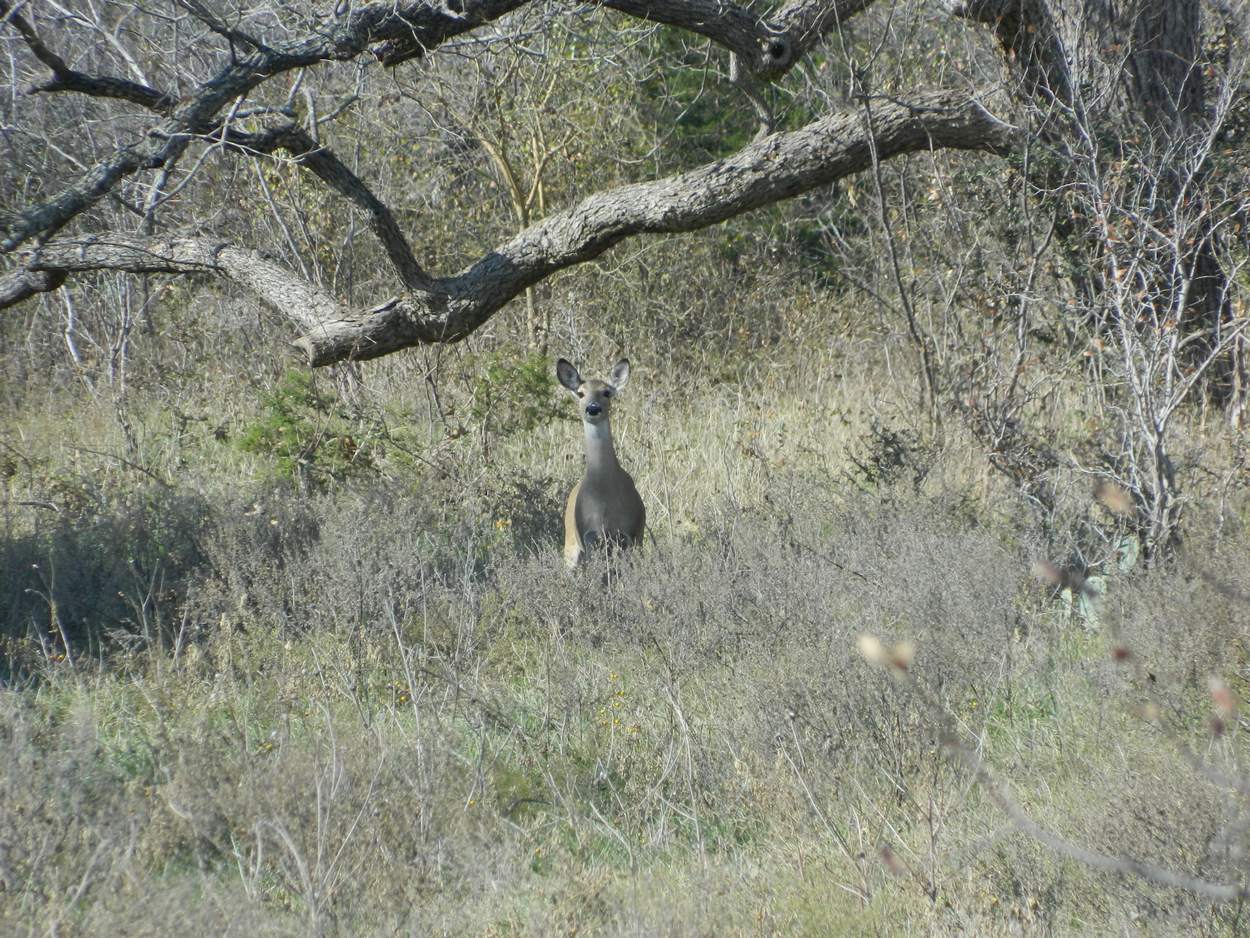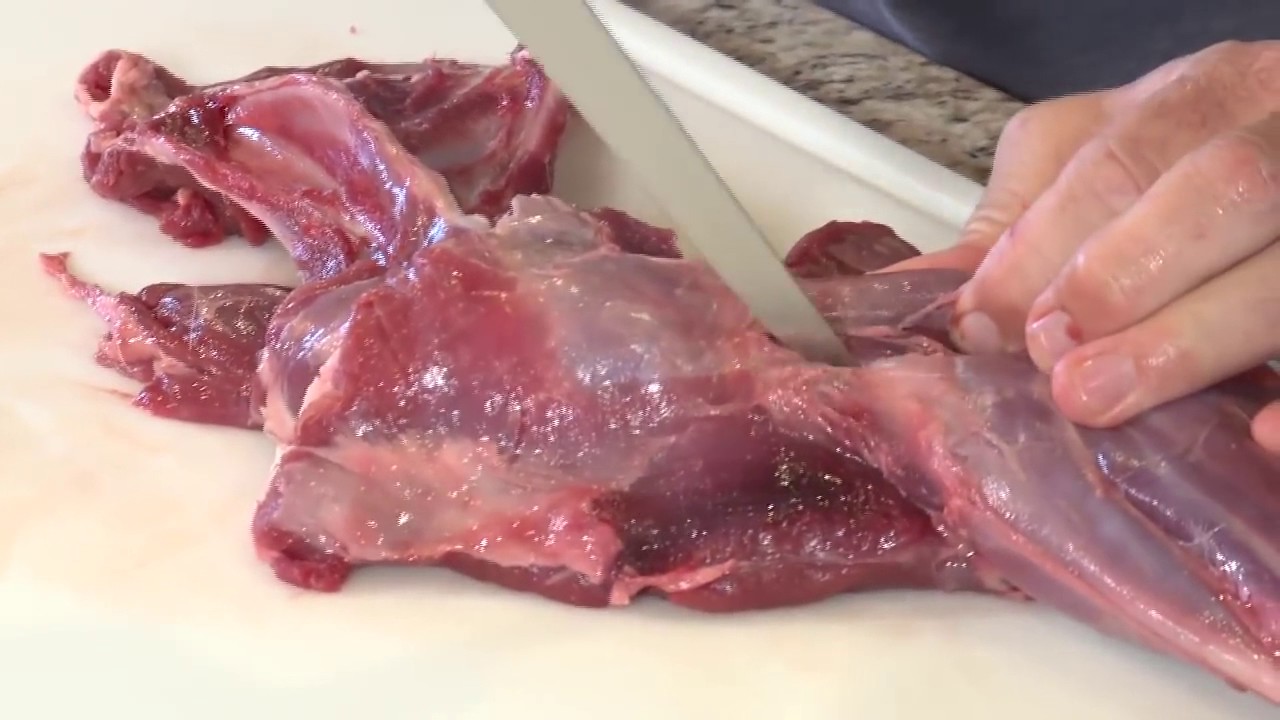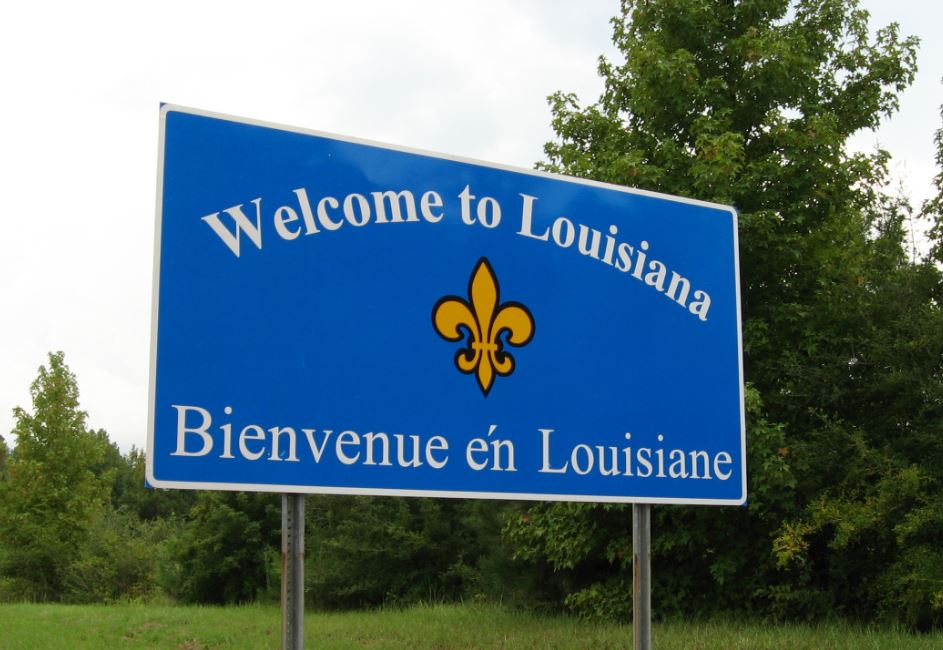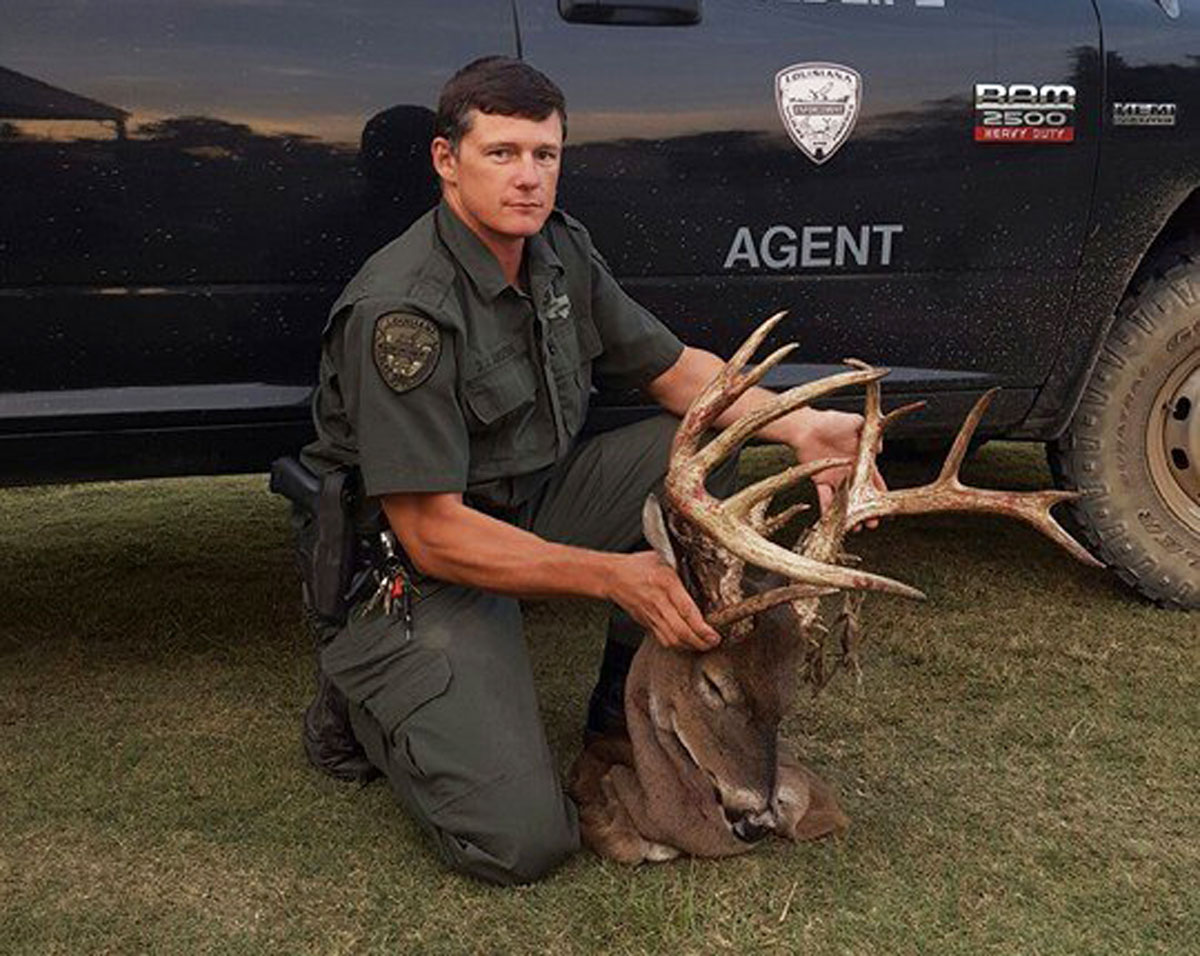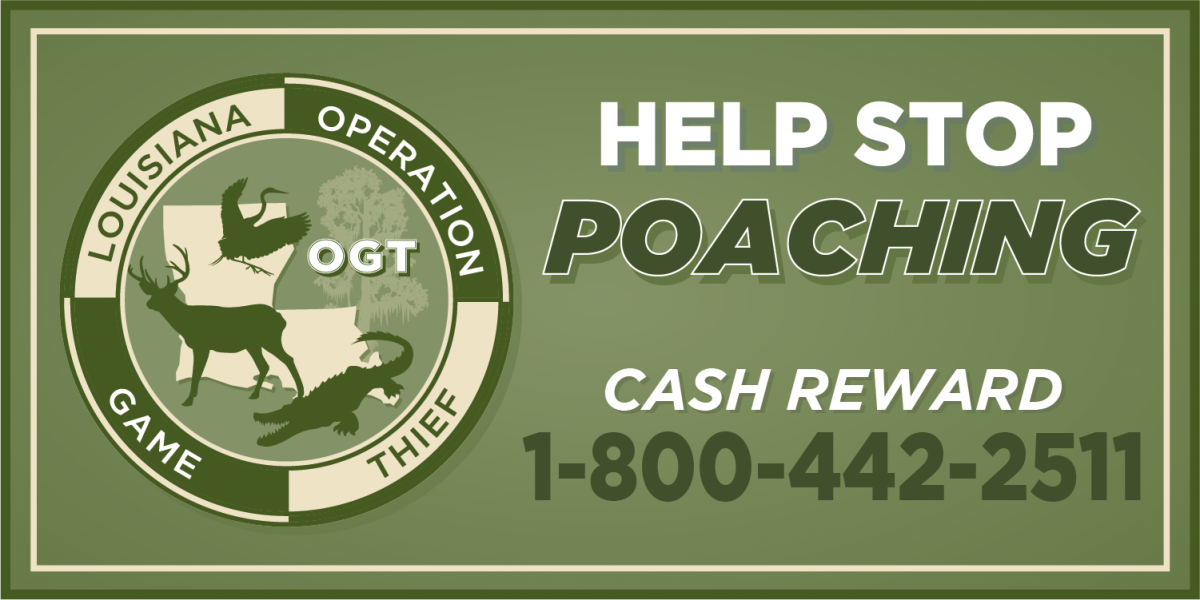Ground Hunting for Whitetail
When it comes to whitetail deer hunting the number one way to go is, well, up. Most hunters hunt from elevated positions, whether it be some type of ladder stand or climbing stand. This is one of the most effective ways to get close to deer, but sometimes it’s not the best way.
In areas where trees are small or in large open expanses (where the ability to see is your friend) then sitting up in the canopy of a tree may not be the best way to go. Get down out of that tree, monkey! Below are 8 tips on how to hunt deer from the ground.
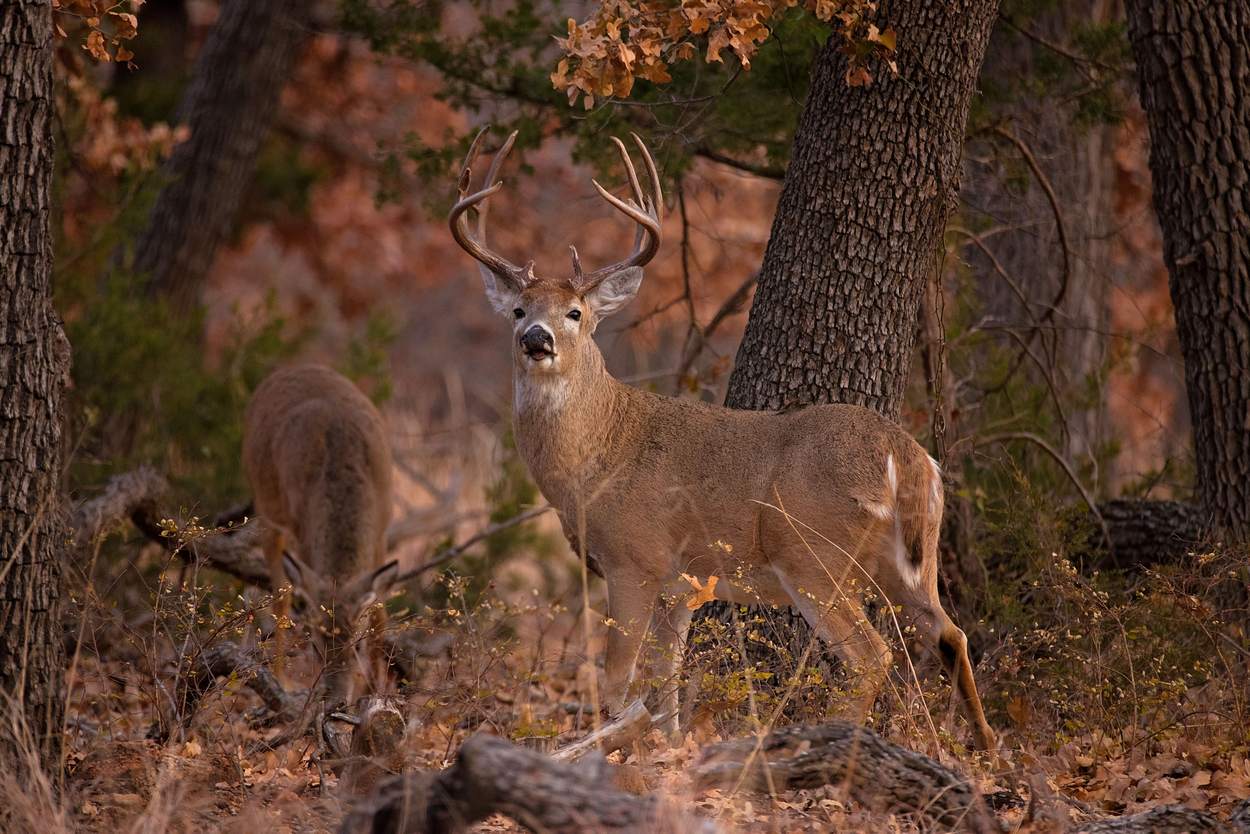
1. Keep the Wind & Deer in Your Face
This is always the first rule of deer hunting. Read it, learn it, know it. You can do a lot of things less than perfect and get away with a lot more while hunting deer if you heed this ground hunting tip. Although whitetail deer have great vision, most of the time it’s their nose that stops hunters from tagging them, putting them in the freezer. And since your reading this, I know you want to put venison in the freezer.
Here’s the breakdown: If the wind is blowing in your face and the deer are upwind of you then they have zero chance of smelling you. This is especially important for hunting from the ground since your scent will be at ground level. Position yourself downwind of where you think the deer will be moving/coming from and you will up your chances of success dramatically.
2. Scent free: The Way to Be
An important deer hunting rule is to stay scent free. Don’t stink. It sounds easy in principle but it’s not always easy to do. Sure, if you are going to prep at your vehicle and then walk 100 yards it may not be too tough. But what about someone that has to hoof it 2 miles on a mild day. A long walk is enough to get any hunter stinking, even on a cold day. Do your best of keep your scent level down.
A hunter does not have to be completely scent free, but you want to give off as little human odor as possible. You do not have to worry about the deer upwind; they will not smell you. But the deer downwind, whether you can see them or not, will scare everything off. Smell like dirt, leaves or nothing at all.
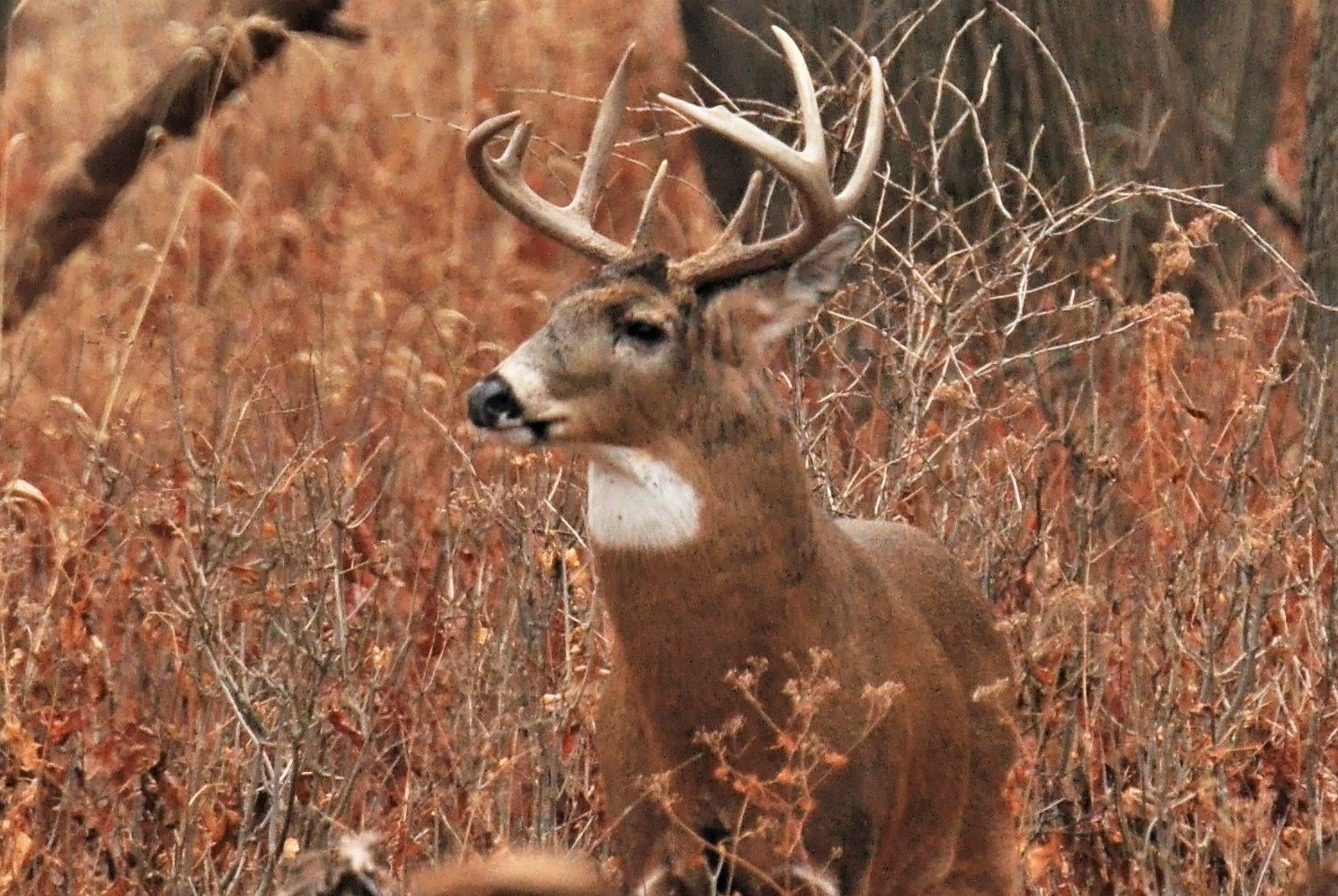
3. Hunting from the Ground: No Movement Allowed
Other than scent, the quickest way to get busted by whitetail deer is to be moving around. When you hunt from the ground you are at the deer’s level. This is where they live. They know this is where most of their predators live. Deer watch the ground very closely. One of the best hunting tips I can offer is to stay motionless when on the ground. It’s also a fairly good idea when you’re up in a tree, but not as big of a deal.
The thing with deer hunting is that you can probably move a lot of the time. But the kicker is that you have to see the deer before the deer see you. This is impossible to pull of when hunting from the ground unless you have 360 degree vision. Fail. Stay still and kill deer.
4. Camo Up for Ground Level Success
Whitetail deer can not see the entire color spectrum, but they can see in the blue-green range. One of the best ways to ruin your chances of tagging a buck or doe from the ground is for them to notice you, to stick out. Most hunters have camouflage clothing. Make sure to use it as well as well as a face mask while positioned on the ground. I don’t wear a face mask when hunting from an elevated position because from my experience deer just do not pick me up. This is most likely because I’m not moving around either.
However, hunting from the ground is a whole new ball game. Your face will look like one big, solid color to a deer. One that they rarely encounter except when they see… people! If a deer looks you in the eyes you will want to make sure you have your face mask on. Go camo. Even your gloves. Everywhere.
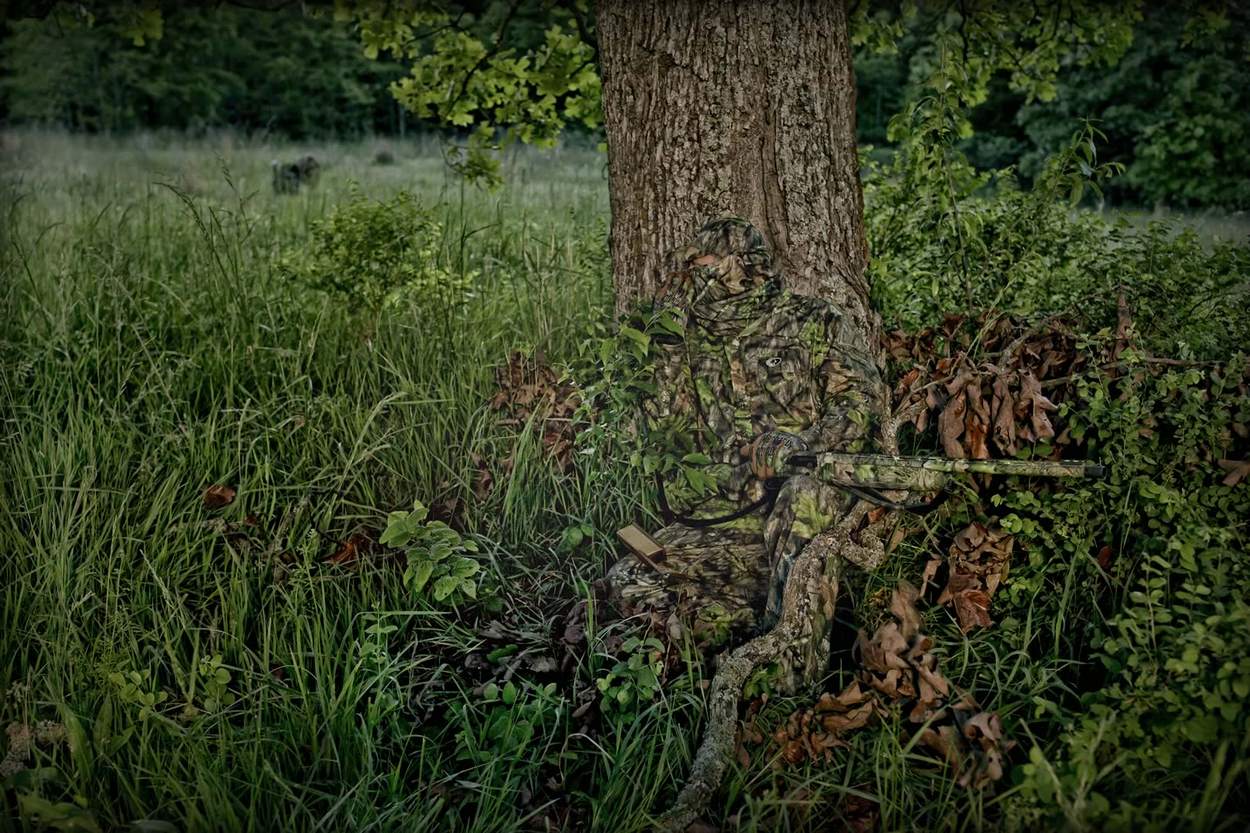
5. Ground Hunting Means No Silhouette
This falls into the same camp as wearing camo, but instead of trying to mask your head, arms and legs, you are trying to mask the shape of your body. Here is how you do not want to hunt from the ground: sit in sparse vegetation when you expect to shoot deer relatively close to you. Any “blob” sitting on the ground gets noticed by whitetail. Quickly. Do not sit against a fence post unless you are hunting with a rifle and you expect your target to be at least 100 yards out.
Instead, increase your chances of success while deer hunting by sitting at the base of a tree, stump,rock or even a small dirt pile/hill that is at least as tall as the top of your head while sitting and at least as wide as your shoulders. This completely breaks down your silhouette and makes you disappear into the object you are sitting in front of, especially since you will have your camo clothes, gloves and face mask on.
6. See a Long Ways
Sit where you can cover some country, where you can see a long ways. This is not as effective for hunters using archery equipment, although it still helps to pick up an approaching deer as soon as possible. Deer hunting from the ground can vary because vegetation and terrain can vary, but allowing yourself to see maximum area will offer you the opportunity to see the maximum number of animals.
Keep in mind that you do not want to hunt some place that does not look “deery” just because you can see 500 acres. You see everything in a plowed field, which may or may not have deer. If deer are crossing it or foraging on forbs/weeds growing in it, then by all means get out there. Otherwise, go someplace else. Just make sure you hunt someplace where you can see, whether that be a field or a long right of way.
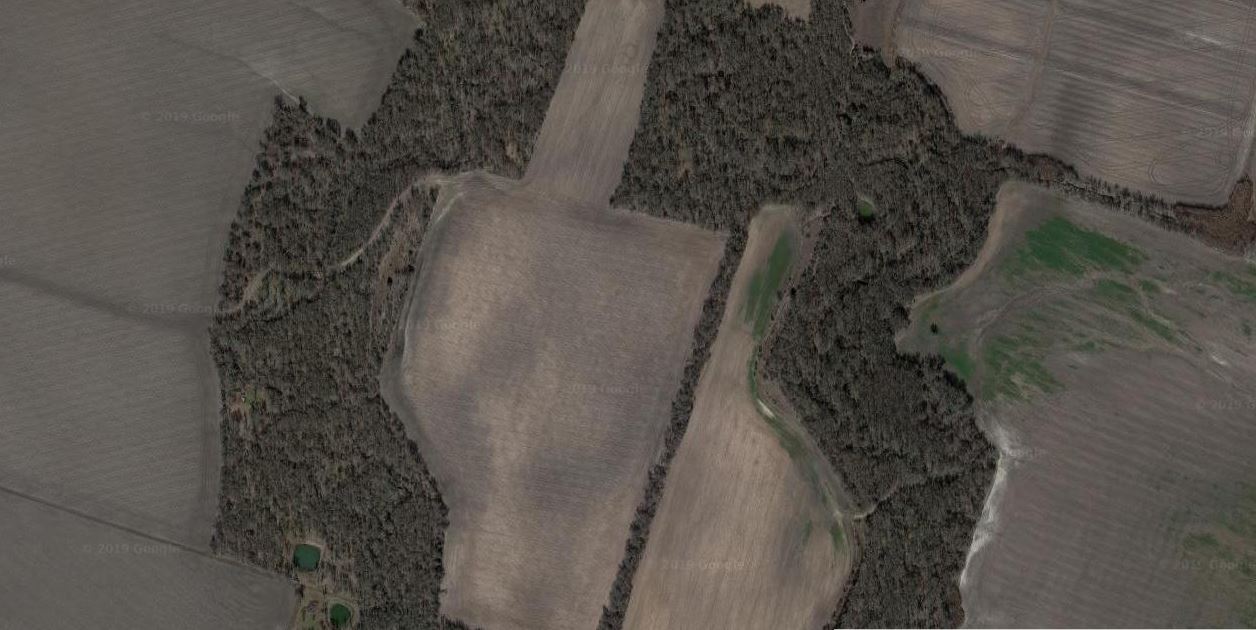
7. Hunt Deer Travel Corridors
Mention travel corridors and deer hunting and most think of a strip of woodlands surrounded by open grasslands. Yes, this is a corridor, but the corridors that deer use can be more than just wooded areas. Often times, deer will use a fence line with very little brush as a travel corridor across open country. Sometimes they use a county or field road with a narrow strip of grass 2-4 feet tall. Deer are only about 3 feet tall when standing, by the way.
In addition, a travel “corridor” could be a grassy waterway in the middle of a cultivate field. It could just be a low saddle in a grassland. Either way, check out your hunting grounds and look for travel corridors. Set up downwind of one of these and you will be successful. This is often how I hunt deer from the ground. Find their travelway and you will see them, tag them. It may not happen on the first day but it will happen.
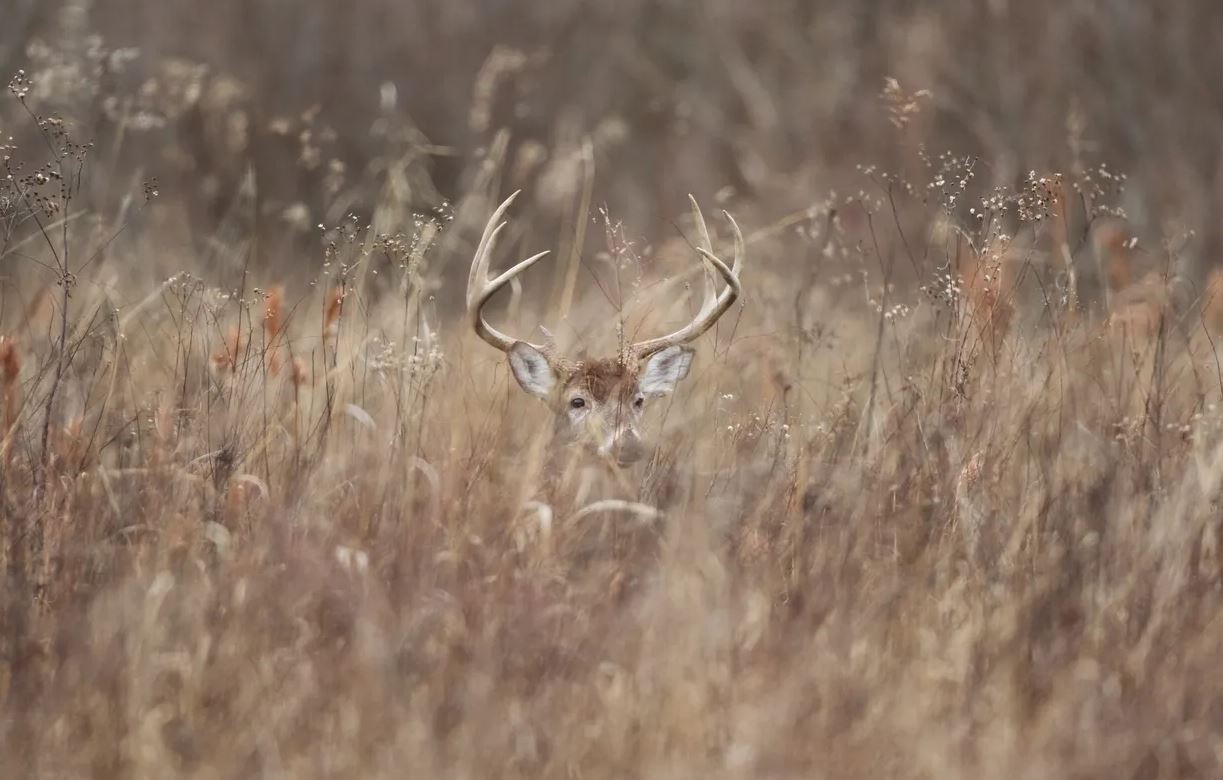
8. Hunt at the Right Time
This is the last tip I have for deer hunting from the ground but it’s just as important as the others, maybe more so. That’s because the best way to increase the odds of you seeing deer is to hunt when deer are moving. Sure, the first 2 hours and last 2 hours of the day are when deer move the most. Both are great times to be hunting, no doubt. However, there is more to productive deer hunting than just getting out there early and staying late.
Hunting during the whitetail breeding season is always good. It is during the rut that bucks are moving more than normal. This increases the odds of him crossing your path. Find out when the rut happens in your area and hunt during that time. And during the rut it does not hurt to hunt all day since bucks will be constantly moving about.
The rut is awesome, but hunting at the right time even has more to do with the weather than anything else. From my experience, nothing gets deer on their feet more than cold weather. And I’m not just talking about winter time in general. What really makes deer move is when the mercury drops down low. The very best time to hunt deer is when deer must move. When it’s warm deer are content to sit under a tree somewhere back in the woods. When it gets below 30, 20, 10 degrees… that’s when their warm blooded engines kick into high gear. It takes ENERGY to stay warm. Time to move and eat. Time to hunt!
